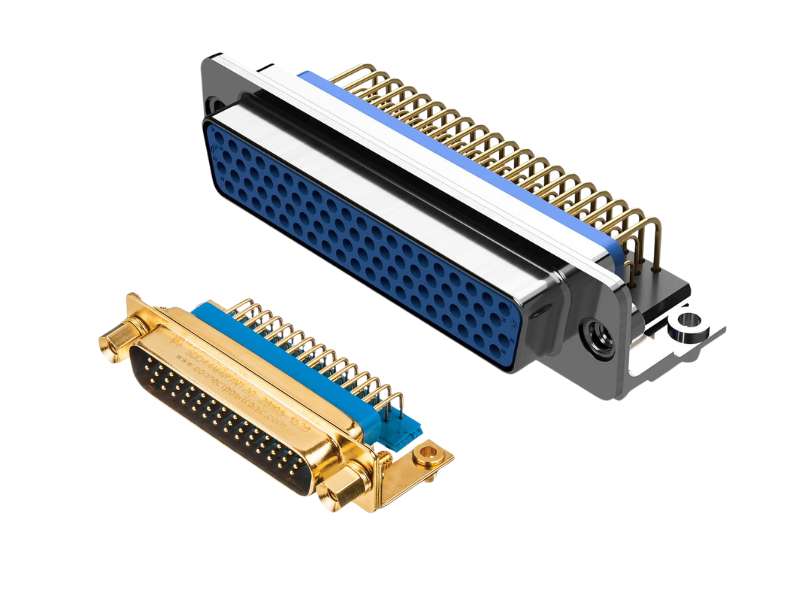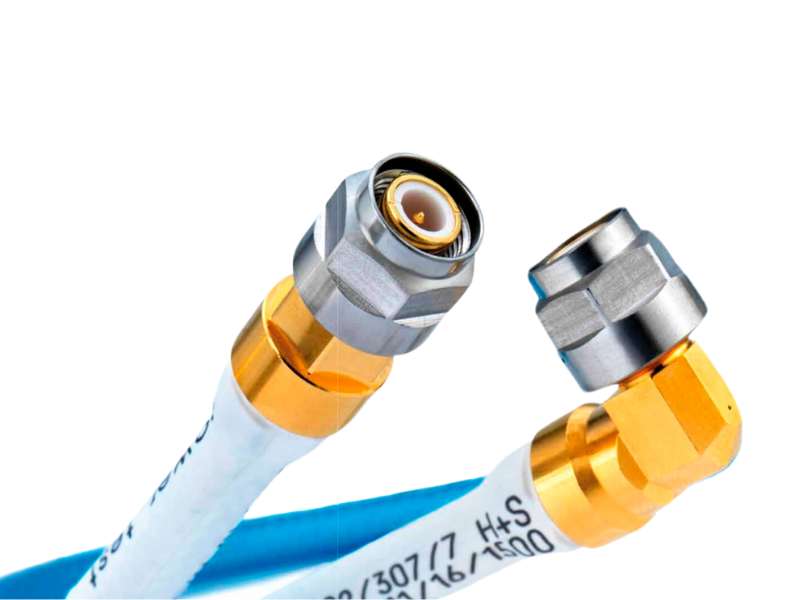The global defence industry is experiencing a paradoxical surge in exports, driven by the very countries seeking to establish their own sovereign defence capabilities. While the rise of national defence industries might seem counterintuitive to increased trade, a closer look reveals a complex interplay of factors that are reshaping the landscape of the arms market.
The trend towards defence autonomy is evident in the proliferation of national fighter jet programs worldwide. Countries like South Korea, Turkey, India, and Japan, among others, are actively developing their own fighter aircraft, a stark contrast to the landscape two decades ago. This shift extends beyond aircraft, with nations like Australia embarking on ambitious plans for indigenous development of hypersonic missiles and nuclear submarines.
Paradoxically, this push for self-sufficiency has fuelled a boom in defence exports. “The arms trade is clearly outpacing spending,” reports Aviation Week, noting a 5.7% compound annual growth rate (CAGR) in arms transfers compared to a 3.1% CAGR in defence spending over the past five years. The US, a major player in the global arms market, has seen significant growth in Foreign Military Sales notifications and Direct Commercial Sales authorizations. This trend aligns with a 2022 report by the Stockholm International Peace Research Institute (SIPRI), which showed global arms sales rising for the seventh consecutive year, despite supply chain issues.
Two key factors explain this unexpected correlation between national defence initiatives and increased trade. Firstly, homegrown platforms still rely heavily on imported subsystems, creating a robust market for radars, electronic warfare systems, engines, and other components. For instance, a notable $1.8 billion deal was struck in 2023 for GE F414 engines for India’s Tejas fighter jets. This reliance on foreign components and expertise is echoed in a VOA News report, highlighting that while countries strive for self-sufficiency, they still depend on international suppliers for critical components and technologies.
Secondly, emerging defence industries often seek partnerships, mentorship, and technology transfers from established players, leading to increased trade in components, technologies, and expertise. This collaborative approach is evident in Japan’s participation in the Tempest programme and Australia’s collaboration with Boeing on the MQ-28 Ghost Bat drone.
This evolving landscape presents both challenges and opportunities for legacy defence suppliers. They must adapt to a more fragmented market with diverse primes and customers, requiring greater agility, customisation, and localisation. Smaller production runs and a multidomestic strategy with local facilities in various countries may become the norm.
Government regulators also face a new paradigm. Approving subsystem sales with associated technology transfers for emerging programs demands a different approach than traditional fighter jet sales. The complexities of licensing and export controls become more intricate in this new environment.
In conclusion, the rise of defence sovereignty, while seemingly contradictory, is actually stimulating the global arms trade. The demand for subsystems, partnerships, and technology transfers from emerging defence industries is creating lucrative opportunities for established players. However, success in this evolving landscape requires adaptability, innovation, and a nuanced understanding of the changing dynamics of the global defence market. The growing emphasis on national security and self-reliance, coupled with geopolitical tensions, is likely to further drive this trend in the coming years.
Thousands of senior engineers and procurement professionals subscribe to our LinkedIn Market Intel newsletter – get yours here
For more help with looking at supply chain options, contact Astute Electronics







